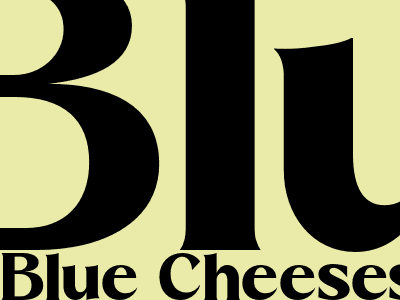The Delightful World of Blue Cheeses
A Culinary Adventure into the Realm of Tangy Delicacies
Blue cheeses, with their distinctive veins of blue-green mold, have captivated cheese enthusiasts for centuries. These cheeses offer a vibrant tapestry of flavors and aromas, ranging from sharp and tangy to mellow and creamy. Whether you're a seasoned cheese connoisseur or a curious newcomer, embarking on a journey into the world of blue cheeses is a delightful culinary experience.
From Roquefort to Gorgonzola: A Global Symphony of Flavors
Blue cheeses are produced in various regions around the world, resulting in a diverse array of styles and flavors. Roquefort, originating from the caves of southern France, is known for its salty, assertive taste and crumbly texture. Gorgonzola, an Italian cheese made in the Lombardy region, exudes a more mellow, buttery flavor with hints of sweetness.
Other notable blue cheeses include the pungent Stilton from England, the creamy Cabrales from Spain, and the uniquely sharp Maytag Blue from Iowa. Each variety offers a distinct experience, showcasing the vast culinary tapestry of blue cheeses.
The Art of Crafting Blue Cheeses
Creating blue cheeses is a delicate and time-honored process. It begins with the addition of Penicillium roqueforti or Penicillium glaucum mold cultures to the milk. These molds, harmless to humans, are carefully injected or sprayed onto the cheese curds. As they grow, they produce enzymes that break down the fats and proteins, resulting in the characteristic blue veins and distinctive flavors.
The aging process also plays a crucial role in shaping the final product. Blue cheeses are typically aged in caves or cellars, where the humidity and temperature are strictly controlled. This aging period allows the flavors to develop and deepen, resulting in a complex and nuanced taste profile.
Pairing Blue Cheeses with Food and Wine
Blue cheeses can elevate any culinary experience. Their tangy flavors pair exceptionally well with salty meats, such as prosciutto or bacon. They also complement sweet and fruity accompaniments, like honey or pears. For a balanced taste sensation, try pairing blue cheese with a glass of Sauternes or Port wine.
Health Benefits of Blue Cheeses
While blue cheeses are not known for being particularly low in calories, they do offer certain health benefits. They are a good source of protein, calcium, and riboflavin. Additionally, blue cheeses contain probiotics, beneficial bacteria that support gut health and overall well-being.
Conclusion: A Culinary Treasure Worth Exploring
Blue cheeses are an exceptional culinary creation, offering a unique and flavorful experience. Whether enjoyed alone or paired with other delicacies, they elevate any occasion. From the assertive intensity of Roquefort to the mellow richness of Gorgonzola, the world of blue cheeses is a journey worth taking. Embrace the tangy delights and embark on a culinary adventure that will captivate your senses.

Comments